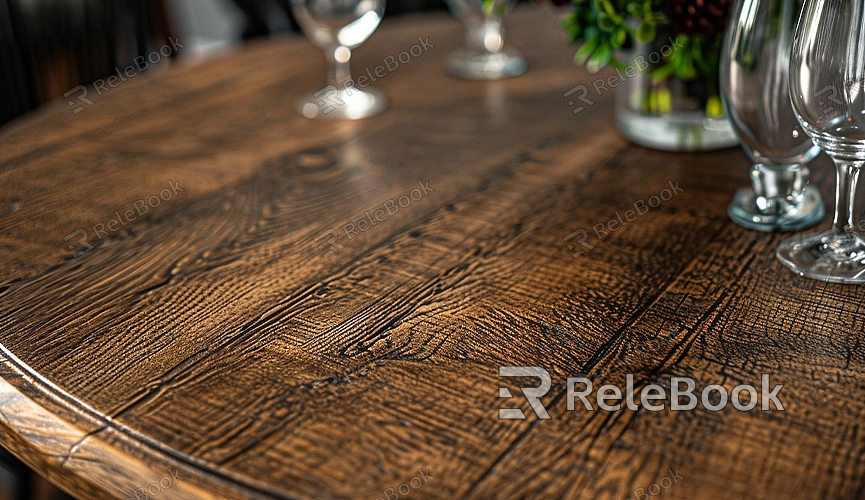Can You 3D Print Models from Blender
Using 3D models created in Blender for 3D printing is indeed possible. Blender provides robust 3D modeling tools, making it easy to craft personalized 3D models. Through 3D printing technology, these models can be transformed into tangible objects. The following demonstrates how Blender's 3D models can be applied to create customized home decor items.

Steps and Basic Workflow for Designing and Printing 3D Models in Blender:
1. Designing the 3D Model:
In Blender, design a unique pendant light model by combining basic geometric shapes and sculpting tools. Emphasize personalized elements in the design to meet the specific requirements of home spaces.
2. Adjustment and Editing:
Switch to edit mode to fine-tune the shape, details, and proportions of the pendant light, ensuring the model aligns with the design vision.
3. Export as STL File:
Export the completed pendant light design as an STL file, the standard file format required for 3D printing.
4. Import into 3D Printing Software:
Use specialized 3D printing software to import the STL file exported from Blender, allowing further adjustments and preparation for printing.
5. Adjust Printing Parameters:
In the 3D printing software, set printing parameters such as layer thickness, infill density, and support structures to achieve the best printing results.
6. Connect to 3D Printer:
Connect the computer to the 3D printer, verify the settings, and prepare for the printing process.
7. Wait for Completion:
Patiently wait until the 3D printer completes the printing of the pendant light. Remove the printed pendant light and prepare for installation.
Application Example: Customized Home Decor Pendant Light
Example: Customized Home Decor Pendant Light
Firstly, we designed a unique pendant light, highlighting curves and details using Blender's sculpting tools and edit mode. By exporting it as an STL file, we turned this design into a 3D model.
Next, using 3D printing software, we adjusted printing parameters to ensure the printed pendant light met our expectations in terms of texture and structure. Connecting to the 3D printer, we initiated the physical printing process.
After completion, we obtained a pendant light with a distinctive shape and design. Hanging it in a specific area of the home, the effect is stunning. Light passing through the curves of the pendant light projects charming patterns, adding a unique artistic atmosphere to the home space.
This example fully showcases how 3D model design in Blender and 3D printing technology can be applied in real home customization scenarios. By creating unique 3D pendant light models, we not only gained a practical lighting fixture but also added a touch of individuality and artistic flair to our home space. The advantage of this approach lies in the ability to create home decor items that are unique and tailored to personal aesthetic preferences, making the home more inviting and distinctive. However, it's important to note that using 3D models created in Blender for 3D printing requires some additional steps and preparation to ensure successful printing and achieve the desired results. If you need high-quality 3D textures and HDRI, or if you need 3D model downloads, you can find them on Relebook. After downloading, simply import the textures and 3D models directly into your project for immediate use.

